“When I went to medical school, the term 'digital' applied only to rectal exams.” - Dr. Eric Topol
Well, things have certainly changed since! The previous article – an infographic – discussed about the urgent need for businesses to achieve digital maturity in order to survive and thrive. But exactly what does digital maturity really mean for a small and medium business organization that thus far has focused primarily on serving local customers?
You might be thinking whether this question – what does digital maturity really mean – is really relevant in today’s digital age. Our implicit hypothesis is that most businesses, especially those in the developed countries, are already digital by now, and so they must know what digital maturity really means.
Well, evidence shows that the above assumption is far from true.
Consider these stats from the UK Business Digital Index 2015 report which states that almost a quarter of UK businesses still lack basic digital skills:
- Almost 35% of around 5.2 million organisations in the UK have a very low level of digital understanding and capability – they do not make use of the internet for their business and do not have any web or social media presence
- Barely 53% of the businesses have their own website
- Only 46% organizations have a medium level of digital maturity – i.e. they use basic e-commerce tools, perform some banking transactions online, and have basic social media presence.
Therefore our question is extremely relevant even today!
So what does digital maturity really mean?
To understand this, let us quickly recapitulate why businesses want (or need) to go online in the first place.
Businesses go online for a variety of reasons (read: benefits) such as expanding markets to grow business, deepening engagement with target customers, broadening product and service offerings, leveraging multi-channel capabilities, and in general staying competitive amidst the changing global business landscape.
All these reasons can be summed-up in one simple line: Business organizations, like yours, are going digital because your customers are increasingly seeing, hearing, feeling, searching, interacting, sharing, and buying stuff online.
The above sentence encapsulates the entire online activity happening today in the business world. [tweet this]
In short, your market has gone online and it would serve you better if you do, too.
So what takes you there?
Here are the 5-stages on your journey to achieving digital maturity for your business:
- Digital Apathy
- Digital Literacy
- Digital Transactions
- Digital Engagement
- Digital Maturity
Let us look at each one a bit more closely with an illustrative pictorial example for each:
-
Digital Apathy:
This is the initial (or default) stage of any organization typically born before internet. This company mostly sells their products mainly to customers in its neighbourhood through its physical stores. There is a passive resistance (or indifference at best) in accepting digital strategy due to inertia mixed with scepticism towards going digital. There is absolutely no online or any beyond-the-shop interaction with the customers. The business owner is unmindful about going out of business in this increasingly digital world, and apparently suffers from ‘it won’t happen to me’ syndrome.
-
Digital Literacy:
There is (almost) a reluctant acceptance to the changing business scenario. The business has a (mostly passive) website that displays the products and services on offer but hardly anything beyond that. On the positive side, customers now have a gateway to your offerings and can find information about your products and services. There is a new one-way channel to update customers about new product and service offerings – a good beginning to say the least.
-
Digital Transactions:
The business finally wakes up to enormous possibilities the e-commerce world offers and introduces online transactions to sell its products online. There is a conscious effort to implement basic customer analytics to understand buying customer profile to grow revenues. The business also tends to apply e-commerce intelligence to provide leads reports to sales teams to grow further. There is an emphasis on generating and distributing user-oriented content in order to draw target customers to purchase online. Businesses may introduce their own inventory management and service fulfilment back offices to excel in their customer service to build customer loyalty. The business starts learning about rule based prioritization as they explore the benefits of implementing analytics for revenue and profitability growth.
-
Digital Engagement:
When a business establishes itself on the various social media platforms, there is a step change in the way it perceives customer interaction, customer engagement, and marketing. Old channels and methods of one-way communication are renounced in favour of digital channels which enable listening to customers’ feedback first-hand and responding in their preferred channel to facilitate effective customer engagement. One important aspect of increasing engagement is to create product touch-points across all channels vis. physical, desktop, mobile, kiosks, catalogue, direct mail, and social media. The order in these cross-channel chaos is set by the use of marketing analytics which helps to mine hidden consumer insights, understand customer purchasing journeys, optimize advertising spend, and engage with prospective customers at early st(age) to nurture them into loyal followers.
-
Digital Maturity
The focus at this stage is on innovating the existing business model and on integrating the overall strategy. Personalization is the key here! Customers have 24x7x365 access to the products and services across different digital channels but still have an Omni-channel experience. For example, a customer becomes aware of your product in one channel, say Pinterest, actively searches for it online on his office desktop, physically touches and considers buying it in-store, ends-up purchasing the stuff on their mobile, and shares his new purchase with Facebook friends. Matured businesses (like P&G and Amazon) have institutionalized integrated use of analytics services to study individual consumer behaviour through comprehensive understanding of customer interests, affinities, and actions. They are drawing intelligence trends to predict customers’ future wants and needs before customers themselves realize it. Considering the enormity of data getting generated every day, matured businesses are implementing advanced algorithms to auto-analyse data at its source for more real-time application.
Achieving digital maturity is not the end; rather a beginning of the implementation of a truly personalized digital strategy for each consumer. Businesses embracing digital strategy will eventually lead the way.
“We are in the throes of a transition where every publication has to think of their digital strategy” - Bill Gates
Cover photo credit: yourgenome.org
Related Posts:
- Buy, Build, or Get the job done?
- Strategic Transformation Part-1
- Top Analytics Trends 2017 – An INFOGRAPHIC
<– Why your Business should go Digital
Most Popular Perspectives from 2015 –>
If you liked this article then you may also like to read The Digital Transformation Imperative: Why Businesses Must Have Online Presence – AN INFOGRAPHIC.
You can also subscribe to our blog – Our Perspectives – to receive interesting articles and tips in email. We would love to read your perspectives and comments on that.
Do follow Veravizion on LinkedIn, Twitter, Facebook, or Google+ to receive easy updates.

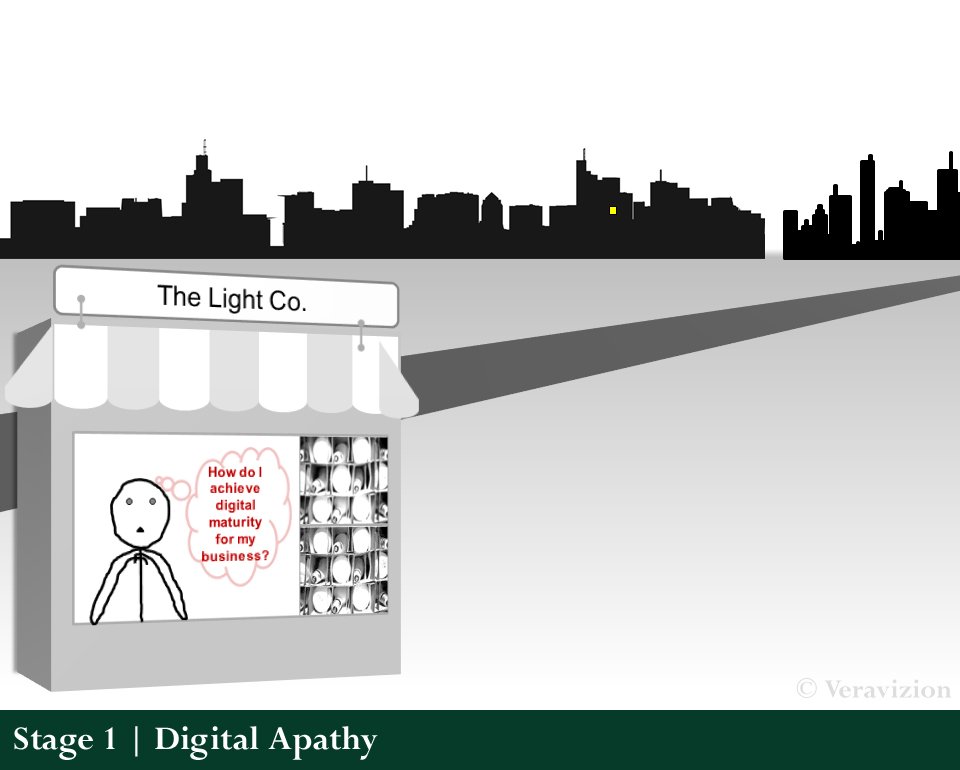
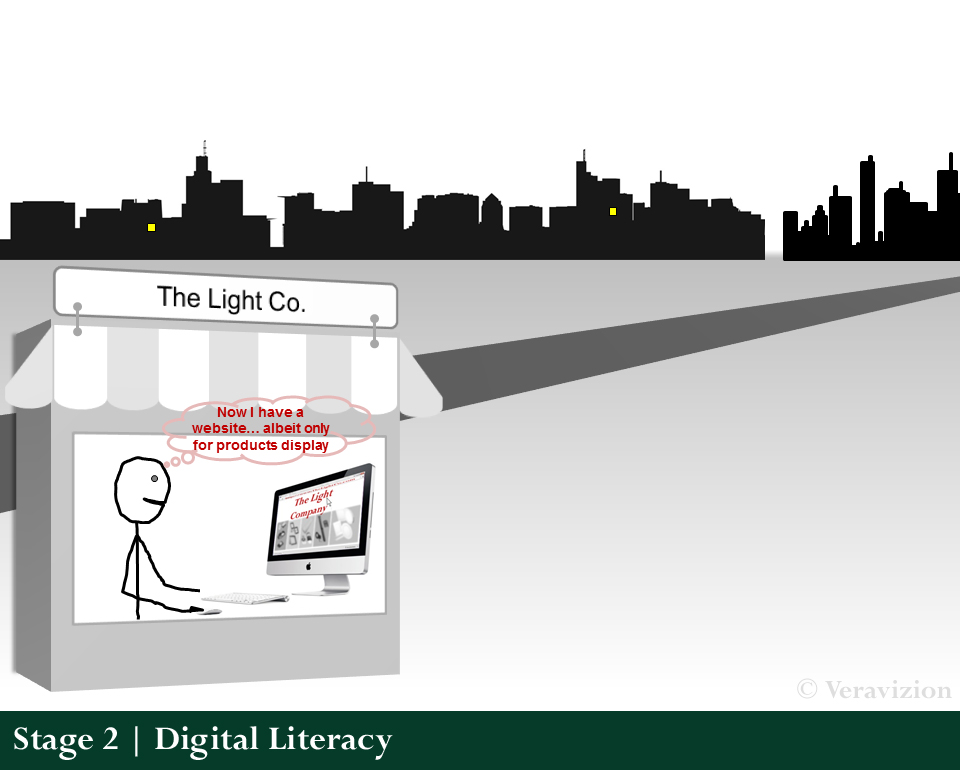
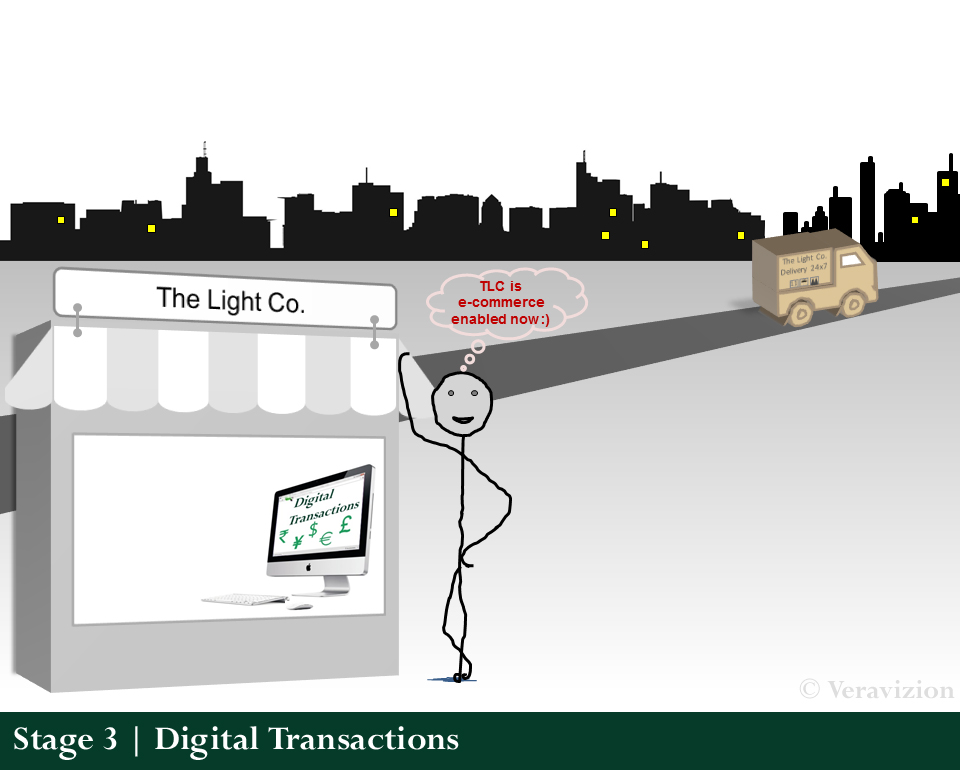
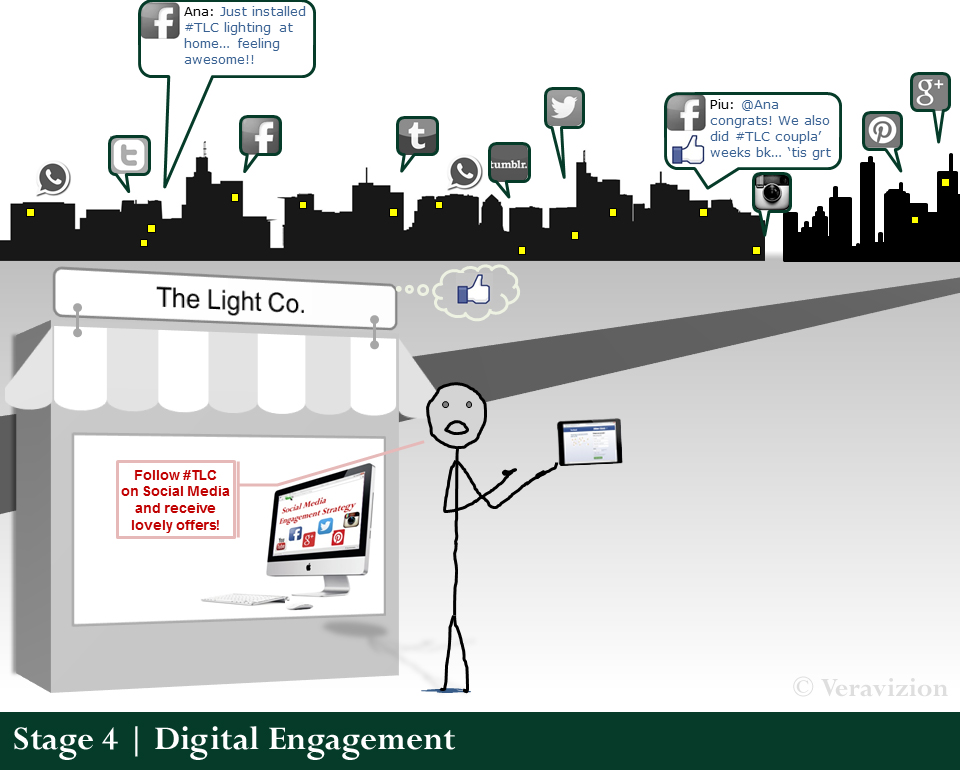
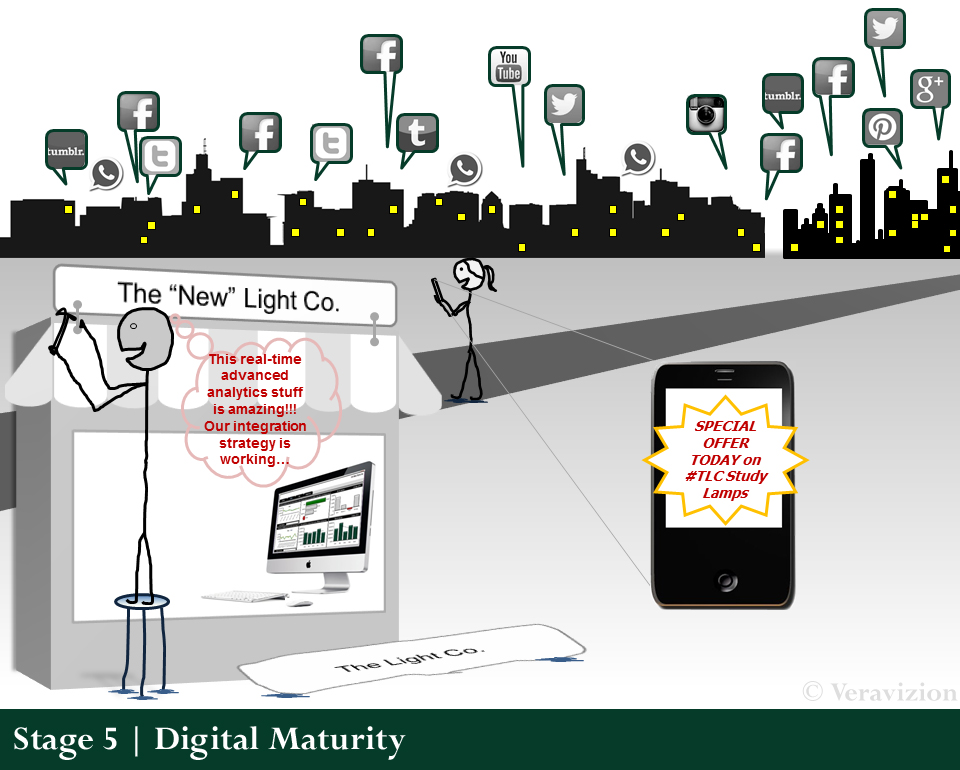
3 Comments
Williamdex
May 25, 2016 at 4:53 pmThank you for your article post.Thanks Again. Kwon
Most Popular Perspectives from 2015 – Veravizion
January 15, 2016 at 4:31 pm[…] Story# 5: What Does Digital Maturity Really Mean? […]
Bergstedt
January 5, 2016 at 9:42 pmGot what you intend, saved to favorites, really decent internet web site!